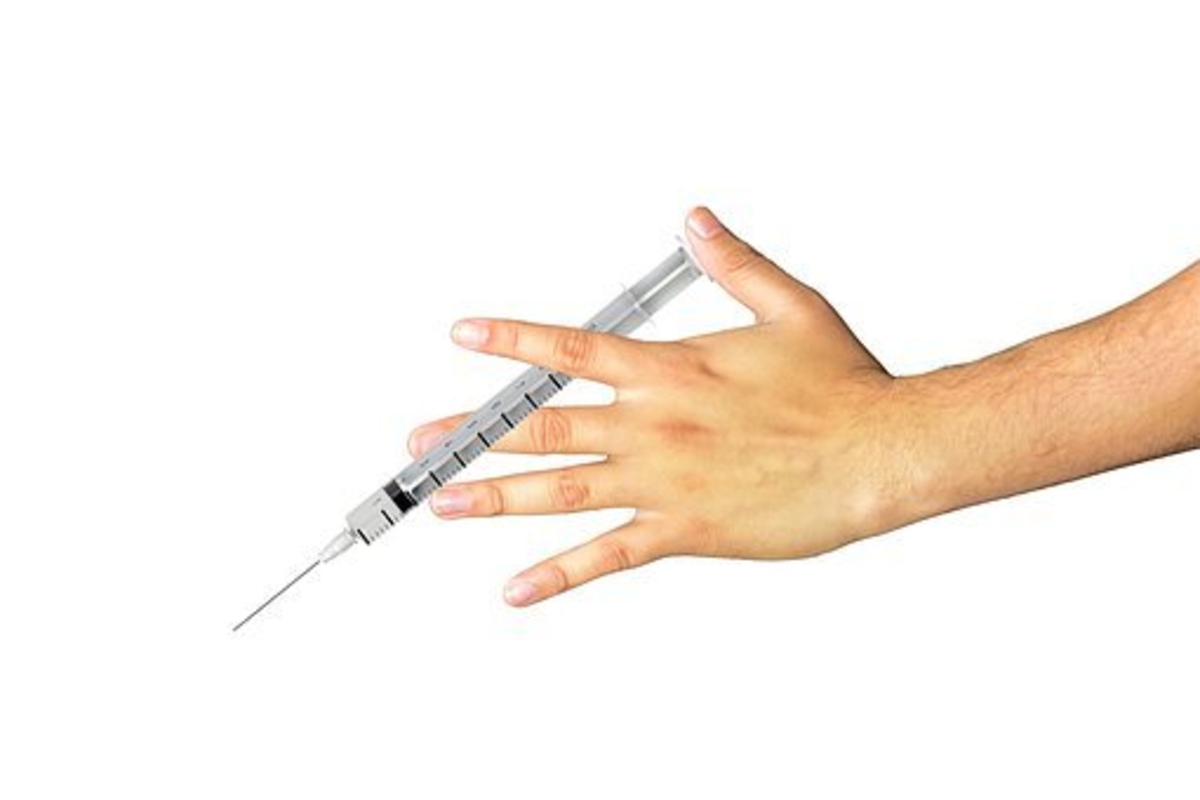When a child is infected with polio, their healthcare provider may perform a spinal fluid or stool test to determine the presence of the poliovirus. There is no cure for polio, but treatment usually focuses on alleviating the symptoms. For example, the healthcare provider may prescribe medicine or suggest bed rest. In some cases, the child may need a ventilator to breathe.
Symptoms
Symptoms of polio can include weakness in the legs or a pins-and-needles feeling. If the infection occurs in the lower spinal cord, it can lead to paralysis and disability. It is spread from person to person and through contaminated water and food. Patients must be treated with medication to control pain and avoid complications.
The disease is spread through contact with an infected person’s cough, sneezing or contaminated food and liquids. The virus can be in a person’s throat or poop for two to six weeks after contact. Even people without symptoms can pass the virus on to others.
Because of the current outbreak in Rockland County, New York, healthcare providers should be vigilant and check for the polio vaccine status of their patients. They should consider polio in the differential diagnosis of sudden limb weakness or gastrointestinal illness. In addition, they should keep a close eye on people who have recently travelled to other parts of the world.
Causes
Although it is rare, people who have contracted polio may suffer from the late effects of the disease. Late effects of polio refer to a group of symptoms caused by poliomyelitis and are also known as post-polio syndrome. These symptoms are more common in people with severe cases of polio. These symptoms include increased muscle weakness and a loss of motor neurones faster than normal aging.
The polio virus enters the body through the nose or mouth and replicates in the intestines. It then spreads throughout the body until it causes paralysis. People with weakened immune systems and people who haven’t been vaccinated are at a greater risk of contracting the disease.
The best way to prevent polio is to get vaccinated as a child. Vaccination is highly recommended for all children. If you have not had the vaccine, you should seek medical advice from an expert. Vaccines are the only known way to prevent polio.
Treatment
Early diagnosis and treatment of poliomyelitis are essential for the prevention of paralysis. The disease begins with the loss of neuronal cells in the spinal ganglia. Symptoms include weakness of the arms and legs. Rehabilitation of the affected limbs involves occupational and physical therapy. Therefore, it is essential to consult with neurology and infectious disease experts to determine the best treatment. Testing for poliovirus can be performed in CDC-approved laboratories using guidelines that ensure the integrity of specimens and minimize environmental contamination.
Since polio is highly contagious, healthcare providers often perform a physical exam, test body fluids, and ask about symptoms. Infection symptoms may look similar to the flu, so a healthcare provider will want to rule out other diseases. In rare cases, individuals may become paralyzed, requiring physical therapy, mechanical ventilation, and fluids to assist with breathing.
Early intervention for polio patients includes vaccinations against the disease. Vaccination is the best way to prevent polio. Treatment of polio also focuses on pain management and rehabilitation of the affected muscles. Patients may need hospitalization or bed rest to stabilize their condition and prevent complications. In severe cases, patients may require intensive care.
Prevention
The world has made great strides toward preventing poliomyelitis, an often fatal disease. While the disease is still endemic in some parts of the world, the number of reported cases has decreased drastically since the 1950s. The eradication of polio is possible thanks to a worldwide coalition of governments, foundations, development banks, and humanitarian and nongovernmental organizations.
Polio is a spinal cord infection that can cause respiratory paralysis and death. It is a highly infectious disease, and there is no cure. The best way to prevent polio is to get vaccinated. Vaccines are very effective in preventing the disease, with a 90 per cent effectiveness rate for most populations.
Pregnant women, children, and those with weak immune systems should be vigilant for polio cases. Children and adults without the polio vaccine should also stay away from infected areas.

